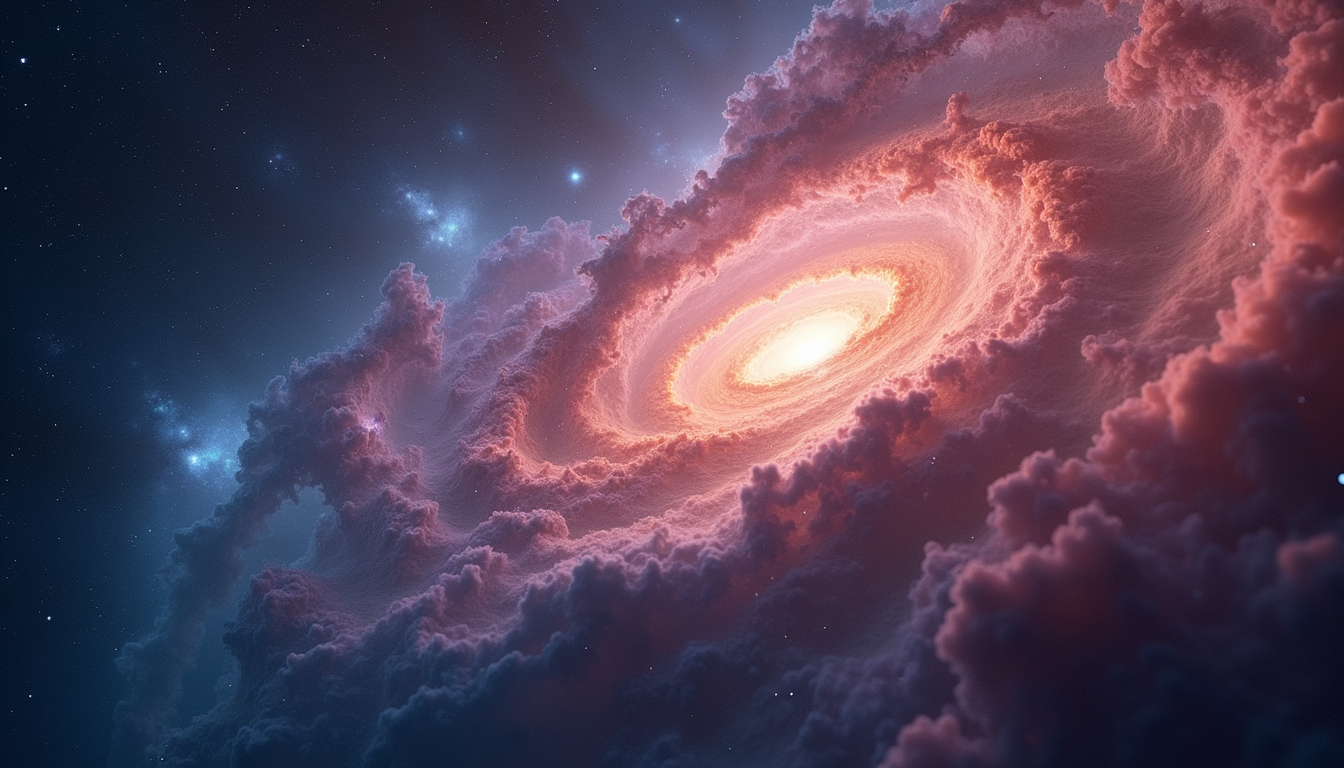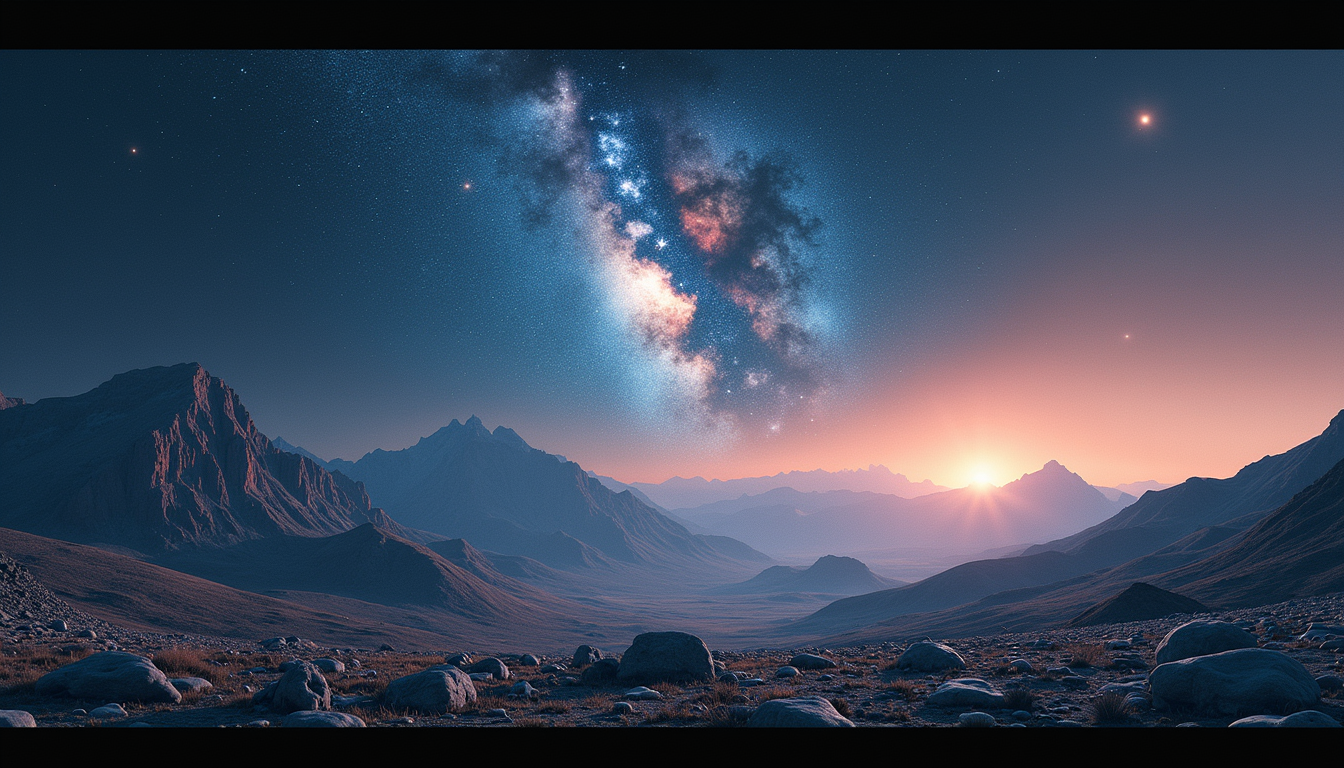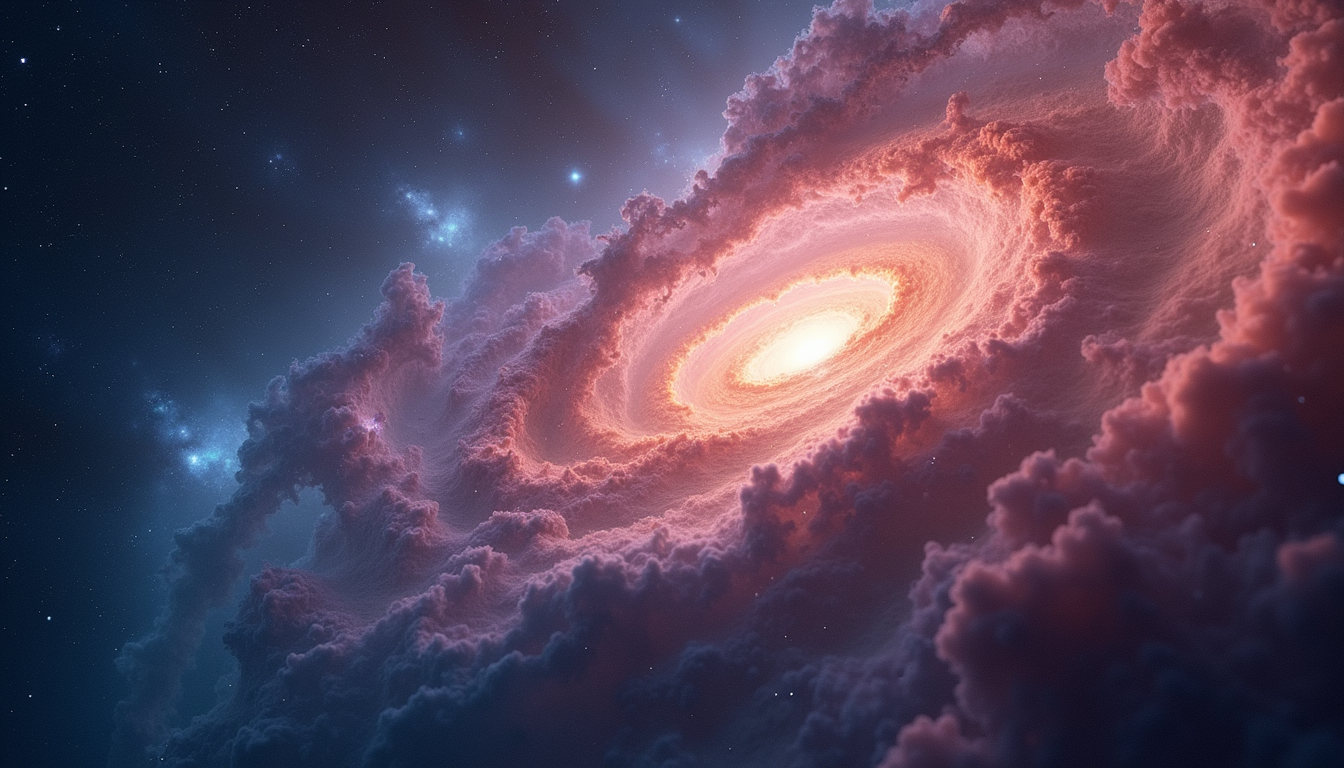In the vast expanse of the universe, black holes have captivated scientists and space enthusiasts for generations. These mysterious entities, formed from the remnants of collapsing massive stars, have such intense gravitational pull that not even light can escape. However, recent studies suggest there might be an unexpected contender on the cosmic stage: oddly viscous stars. With their unique properties, these stars could potentially mimic the gravitational wave signals typically associated with black holes. This finding sparks a fascinating discussion about the nature of these celestial bodies and their implications for our understanding of the universe.
Understanding Viscosity in Stars
Viscosity refers to a fluid's resistance to flow, and in stars, it characterizes how easily the material inside can move. Most stars, like our Sun, have relatively low viscosity, ensuring a smooth flow of plasma and energy. However, theoretical models indicate that some stars could exhibit incredibly high viscosity. This increase may be attributed to factors such as the star’s composition, temperature, and internal processes.
The implications of high viscosity are significant. For instance, a highly viscous star may not behave like a typical star. Instead of a smooth flow of energy, it might showcase turbulent behavior, resulting in complex interactions within its core. Such turbulence could impact the star's gravitational field, potentially generating signals that could be mistaken for those produced by black holes.
Gravitational Waves and Their Significance
Gravitational waves are ripples in spacetime caused by the movement of massive objects, such as merging black holes or neutron stars. These waves offer valuable information about their sources and help us understand gravity better. Since the first detection in 2015 by LIGO, scientists have observed multiple events, revealing the universe's dynamic activity.
The gravitational wave signals produced during black hole mergers are distinct and have been thoroughly studied. Interestingly, research suggests that viscous stars may generate similar signals. A study published in 2020 indicated that about 15% of historical gravitational wave detections could potentially have originated from such stars. This notion challenges our established understanding of gravitational wave sources and prompts us to reconsider the lifecycle of massive stars.
Theoretical Models and Simulations
To probe the potential for viscous stars to mimic black holes, researchers have developed various theoretical models and simulations. These models consider the unique characteristics of viscous stars, including their internal dynamics and gravitational fields. By simulating these celestial bodies, scientists can anticipate the types of gravitational wave signals they might produce.
Initial findings suggest that the gravitational wave signatures from viscous stars could resemble those from black holes, especially during stellar collisions or rapid rotations. For instance, a simulation study found that viscous stars with a mass similar to that of our Sun could present gravitational wave signals capable of confusing current detection methods, necessitating enhancements in our observational strategies.
Implications for Astrophysics
The possibility of viscous stars posing as black holes has far-reaching implications for the field of astrophysics. If this hypothesis gains support, it could redefine how we classify and understand celestial objects. Additionally, recognizing the existence of highly viscous stars might provide new insights into the processes of star formation and evolution.
Moreover, discovering gravitational waves from viscous stars could deepen our understanding of gravity and spacetime. Researching how these stars interact with their environment and generate gravitational waves may refine current theories about the universe's structure and fundamental forces.
Future Research Directions
As scientists investigate viscous stars further, several key questions need answering. What conditions pave the way for the formation of these stars? How do they evolve, and what role do they occupy in the broader cosmic landscape? Addressing these questions will require concerted efforts through observational data and advanced simulations.
Future advancements in telescope technology and gravitational wave detectors will be crucial in this research. Enhanced capabilities can improve our ability to detect and analyze gravitational waves, providing vital data on potential viscous star candidates. This information will be essential in distinguishing signals from black holes and those from these newly proposed stellar entities.
Unveiling Cosmic Mysteries
The emergence of oddly viscous stars as potential candidates mimicking black holes opens intriguing avenues in astrophysics. As our comprehension of the universe evolves, focusing on these celestial bodies may challenge existing paradigms and lead us to exciting discoveries.
Future studies could reveal new insights about the cosmos and reshape our understanding of gravity, stellar evolution, and the nature of the universe itself. The quest to unravel the mysteries of these unique celestial bodies is only beginning, and it promises to be a thrilling journey into the great unknown.





